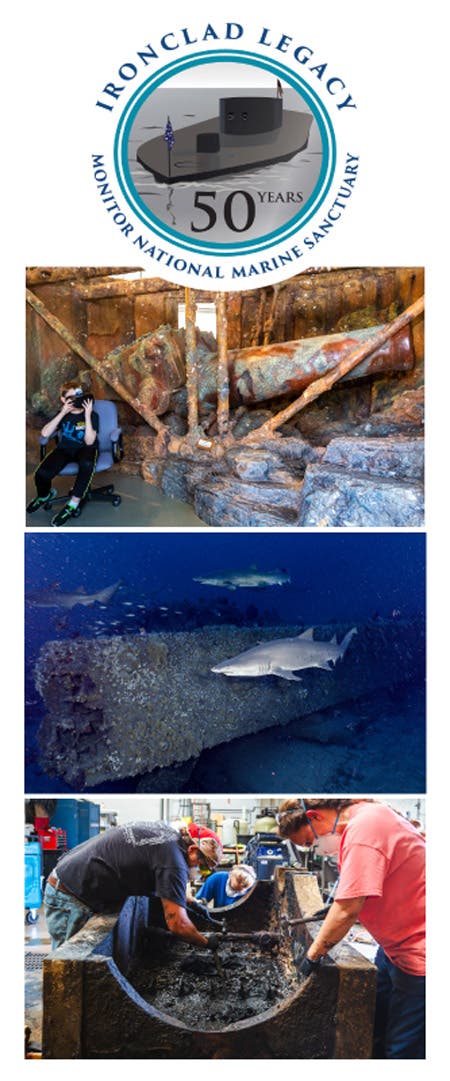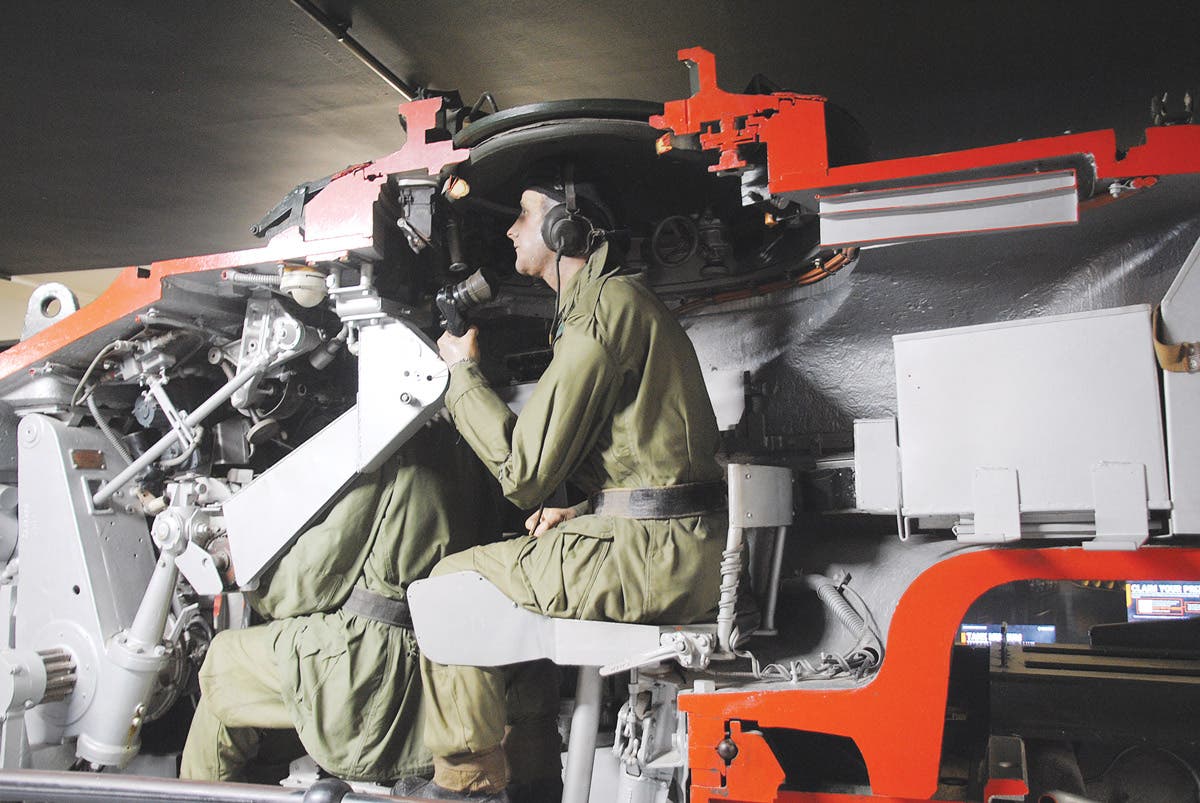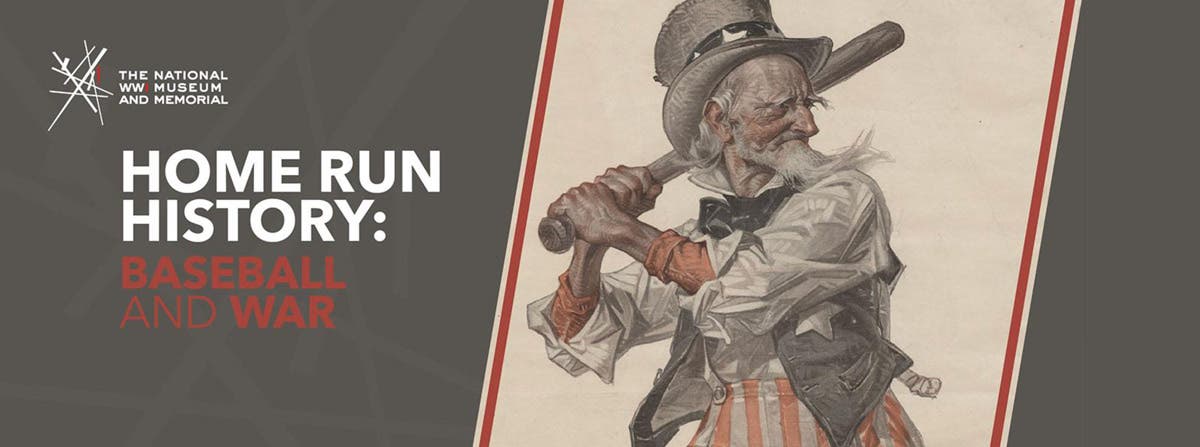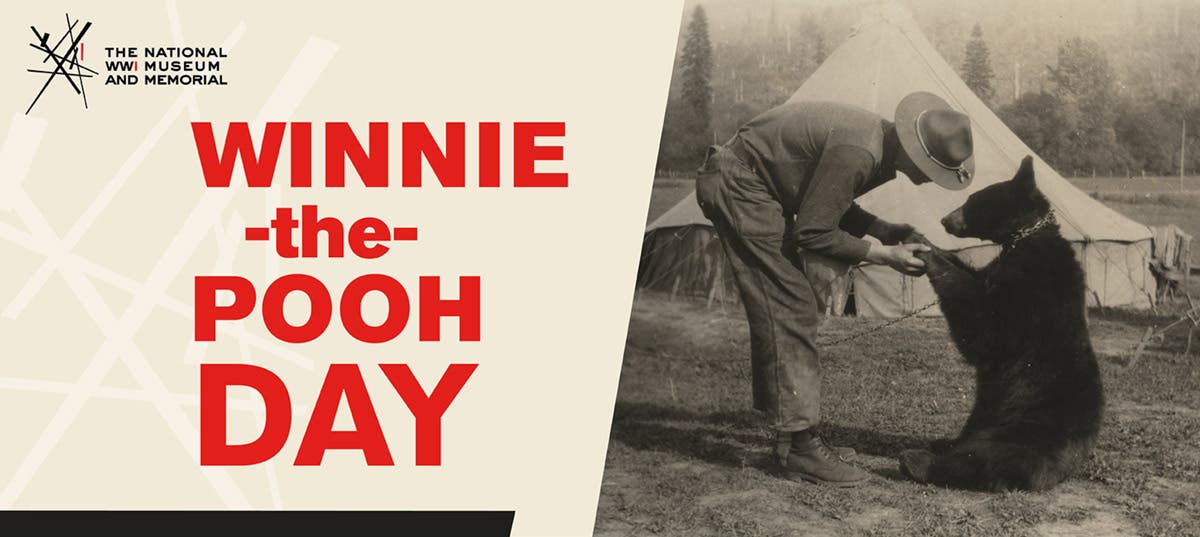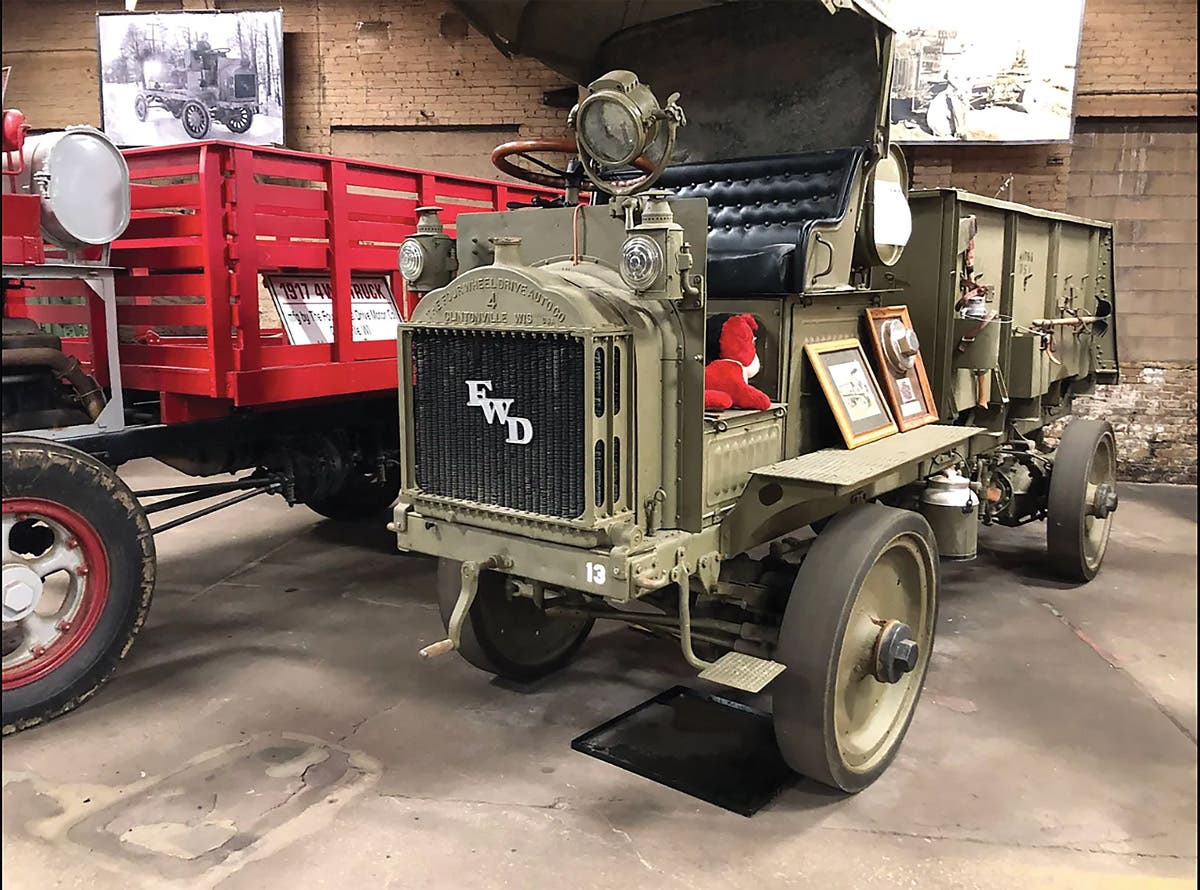PA Proud! A look inside the Pennsylvania Military Museum
The Pennsylvania Military Museum might be a bit challenging to get to, but it is well worth the effort!
Located just down the road from Penn State University and about as dead center as possible in the Keystone State is the Pennsylvania Military Museum. It isn’t the largest military museum by any means, nor the easiest to get to. Yet, it is home to important pieces that preserve the history of the sons and daughters of Pennsylvania from the Revolutionary War times to the modern day.
While the museum first opened in 1969, its story actually begins in 1864 when a group of women gathered at a cemetery in the rural town of Boalsburg to honor their relatives killed in the still-ongoing American Civil War. They laid flowers on the graves and agreed to pay their respects again the next year. According to local lore, it was the origin of what became Memorial Day.
On the Grounds of Camp Boal
It was decades later that what is today the grounds of the museum were once “Camp Boal,” located on land owned by prominent Boalsburg resident Theodore Davis Boal. Just prior to America’s entry into the First World War, he founded the Boal Troop, a private horse-mounted machine gun unit that served provisionally with the Pennsylvania National Guard’s 1st Pennsylvania Cavalry.
Soon after its formation, Boal Troop saw action in 1916 when the National Guard was called up to respond to the crises at the Mexican border after Pancho Villa raided several U.S. border towns. That marked the first time in U.S. history that the National Guard integrated with active-duty troops.
After the United States entered WWI, Camp Boal was used as a training ground for the Pennsylvania National Guard, and was even modified to include a mock-up of a front-line trench that was used to prepare soldiers for what they might expect when they went “Over There.” That trench is long gone, of course, but was reported to be approximately where the present-day stretch of Business Route 322 runs in front of the Pennsylvania Military Museum.
Honoring the 28th Infantry Division
In the summer of 1917, the Pennsylvania National Guard was re-designated as the 28th Infantry Division, while Boal was promoted and transferred to division headquarters. The Boal Troop had grown to the battle strength of 172 men and was subsequently reconfigured as an infantry unit and re-designated Company A of the 107th Machine Gun Battalion. The Boal Troop left for the war with the 28th Division in mid-May of 1918.
After the war, Camp Boal survived as an officer’s club and cavalry training site until Boal died in 1938. Yet, yearly reunions continued, while memorials were constructed for those of the unit and the 28th Infantry Division during “The Great War.”
“This was primarily a reunion ground,” said Tyler Gum, the museum’s director. “There are now 75 acres, and it is used for annual celebrations, memorials and other significant events.”
In addition, the grounds can serve as an active landing zone in a time of emergency.
Tea Cups to Tanks
Since becoming an official museum during the Vietnam War, the facilities serve to honor those from the Keystone State. The museum can host private events and school tours, and serves as a research facility for those with an active interest in military history.
“We have some 14,000 artifacts — everything from tea cups to tanks,” Gum told Military Trader & Vehicles. “The grounds are also important to the story.”
Following WWI, the 28th Division began laying monuments to fallen service members, an act that continues to this day. Behind the shrine to the division is a row of trees that were carefully selected to resemble the Argonne Forest, where the company suffered many fatalities.
After World War II, a similar memorial was created with trees to resemble the Hürtgen Forest, site of the longest battle on German ground during WWII. The 28th Infantry Division “Keystone” was among the units that took part, again suffering extremely heavy casualties.
“We’re not a big museum,” said Gum. “But we are here to tell an important story about those from Pennsylvania.”
More importantly, members and veterans of the 28th Infantry Division have gathered for a memorial service at the shrine to the division every third Sunday in May since 1919.
The guns of BB-38
Anyone who has driven through Pennsylvania likely knows that there are rarely “straight,” flat, and open roads. The geography of the Keystone State varies from a marine estuary to a mountainous plateau, with its highest elevation reaching 3,213 feet (979 meters) above sea level. Getting almost anywhere in the state means driving on winding roads with steep climbs and descents.
That fact is all the more notable for anyone visiting the Pennsylvania Military Museum in Boalsburg.
However, visitors — or even those just driving down the road — will immediately be taken aback by a pair of 14-inch naval guns that were on the USS Pennsylvania (BB-38), the lead vessel of a class of super-dreadnoughts built for the U.S. Navy just prior to the First World War. Along with her sister ship USS Arizona (BB-39); BB-38 was one of the Navy’s “standard-type battleships” that sought to greatly improve the capabilities of the capital ships.
The Flagship of the U.S. Fleet
On December 7, 1941, the 31,400-ton USS Pennsylvania was the flagship of the United States Fleet and was in drydock at the Pearl Harbor Navy Yard. She took light damage on that fateful day — unlike BB-39, which was damaged beyond repair and remains to this day in the shallow waters of Battleship Row — and returned to service, seeing action in the Pacific.
BB-38 was damaged again in a Japanese aerial torpedo attack on Aug. 12, 1945, becoming the last major U.S. Navy ship to be hit in combat in WWII. The battleship was repaired, but was deemed too old for retention in the post-war fleet. Instead, USS Pennsylvania served as a target in the July 1946 Bikini atomic bomb tests — and was later used in studies conducted to determine the residual radioactivity before being scuttled in February 1948.
Calling Out the Big Guns
While the warship now rests at the bottom of the Pacific Ocean, two of her 14-inch .45-caliber guns were preserved, and in 2009 were donated to the Pennsylvania Military Museums, which serves to honor those veterans from the Keystone State, as well as those who served on the warship.
The museum is also home to one of the battleship’s bells – which proved to be far easier to transport to central Pennsylvania than the guns. “It was a labor of love,” explained Tyler Gum, the museum’s director. “Each weighs around 70 tons, so it wasn’t exactly hard work, but it was complicated.”
The whole operation required the involvement of three states, with the guns being transported from the U.S. Navy’s facilities in Norfolk, Va., through neighboring Maryland, and then to Pennsylvania.
“Everything had to be carefully coordinated,” Gum says. “But the U.S. military can get anything done — it just requires a lot of planning.”
The massive guns will remain a fixture in the scenic Pennsylvania countryside for decades to come, and will serve as a reminder that Boalsburg is now the home port for BB-38!
Peter Suciu is a freelance journalist and when he isn't writing about militaria you can find him covering topics such as cybersecurity, social media and streaming TV services for Forbes, TechNewsWorld and ClearanceJobs. He is the author of several books on military hats and helmets including the 2019 title, A Gallery of Military Headdress. Email him and he'd happily sell you a copy!


